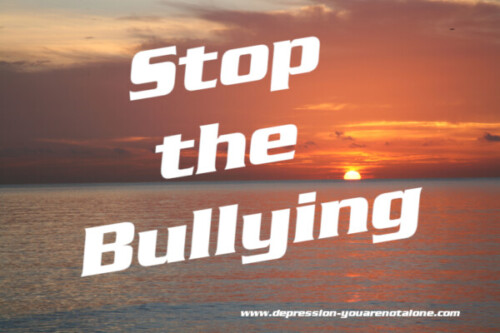As bullying is so prevalent, and destructive we have decided to post a series of informational articles, one per day, beginning July 5 and ending Wednesday, July 14. On Friday, July 16, we will begin a series of informational articles dealing with cyberbullying. – Editorial Team
What Is Bullying
Bullying is unwanted, aggressive behavior among school aged children that involves a real or perceived power imbalance. The behavior is repeated, or has the potential to be repeated, over time. Both kids who are bullied and who bully others may have serious, lasting problems.
In order to be considered bullying, the behavior must be aggressive and include:
- An Imbalance of Power: Kids who bully use their power—such as physical strength, access to embarrassing information, or popularity—to control or harm others. Power imbalances can change over time and in different situations, even if they involve the same people.
- Repetition: Bullying behaviors happen more than once or have the potential to happen more than once.
Bullying includes actions such as making threats, spreading rumors, attacking someone physically or verbally, and excluding someone from a group on purpose.
- Types of Bullying
- Where and When Bullying Happens
- Frequency of Bullying
Types of Bullying
There are three types of bullying:
- Verbal bullying is saying or writing mean things. Verbal bullying includes:
- Teasing
- Name-calling
- Inappropriate sexual comments
- Taunting
- Threatening to cause harm
- Social bullying, sometimes referred to as relational bullying, involves hurting someone’s reputation or relationships. Social bullying includes:
- Leaving someone out on purpose
- Telling other children not to be friends with someone
- Spreading rumors about someone
- Embarrassing someone in public
- Physical bullying involves hurting a person’s body or possessions. Physical bullying includes:
- Hitting/kicking/pinching
- Spitting
- Tripping/pushing
- Taking or breaking someone’s things
- Making mean or rude hand gestures
Where and When Bullying Happens
Bullying can occur during or after school hours. While most reported bullying happens in the school building, a significant percentage also happens in places like on the playground or the bus. It can also happen travelling to or from school, in the youth’s neighborhood, or on the Internet.
Frequency of Bullying
There are two sources of federally collected data on youth bullying:
- The 2017 School Crime Supplement to the National Crime Victimization Survey (National Center for Education Statistics and Bureau of Justice) indicates that, nationwide, about 20% of students ages 12-18 experienced bullying.
- The 2019 Youth Risk Behavior Surveillance System (Centers for Disease Control and Prevention) indicates that, nationwide, 19.5% of students in grades 9–12 report being bullied on school property in the 12 months preceding the survey.
Source: stopbullying.gov

